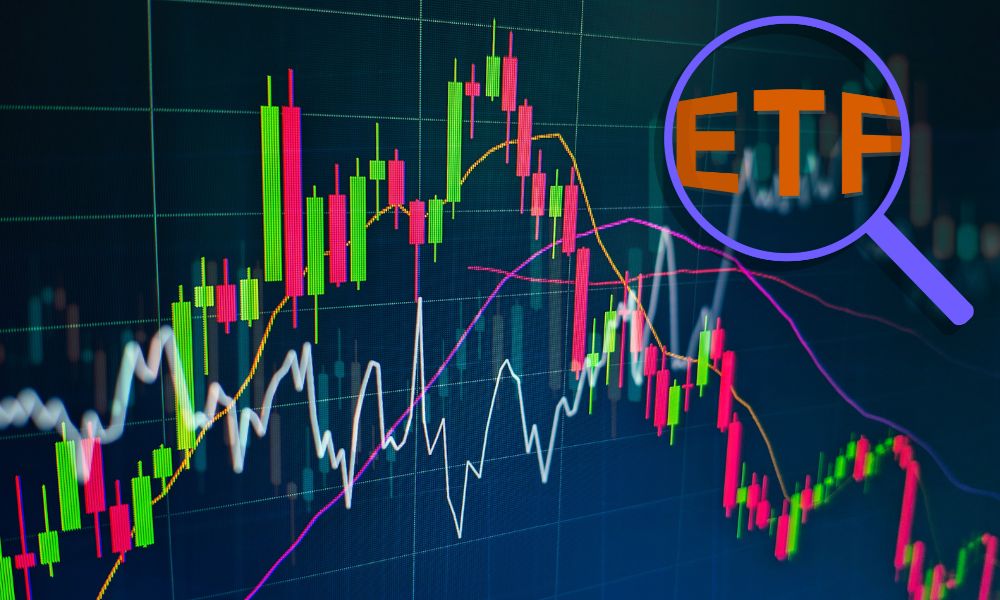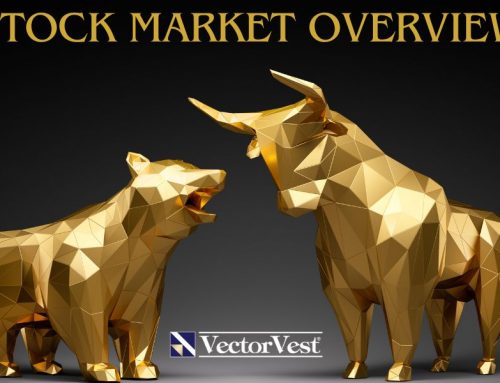by Leslie N. Masonson, MBA
Investors and traders are always on the lookout for an edge that can provide market beating returns over specific 3- to 12- month periods, the most common length of market momentum, before the trend reverses. That has always been and will always be a challenge that is difficult to achieve on a consistent basis, considering that active mutual funds and actively managed ETFs have an abysmal long-term track records in achieving the goal of beating their benchmark. For example, according to SPIVA, over 90% of these funds do not beat their benchmarks over 5-, 10-, and 20-year periods. And the few that do are unable to replicate their achievement over consecutive years.
Nevertheless, momentum investing has always been of keen interest to most traders, but with the advent of ETFs and their focus on market niches, these individuals can easily enter the category with laser-like focus, and ease of entry with no commission. Many traders have the perception that they are smarter than everyone and can achieve market beating returns on a consistent basis. In reality that is a “dream” that will not come to fruition.
Background
Momentum is considered as a subset of “factor” investing. The objective is to take advantage of specific market characteristics that may be able to provide some additional alpha (increased return above the benchmark adjusted for risk). The five major factors have been identified as value, quality, low volatility, size and momentum. Of course, there are hundreds of other factors of much less importance that do not provide any useful advantage to investors or traders. This article will focus on one of the most well-known and extensively studied factors, and that is “momentum.”
Beginning in 1993 there have been many academic studies on the value of momentum investing which focuses on achieving excess returns compared to a particular benchmark. Momentum or relative strength has been shown to exist in the U.S and international markets over decades, but it is not a long-term phenomenon, as there are periods of protracted upside and then downside performance. Cliff Asness and his associates at AQR Capital Management have found in their research that momentum exists, not only in the stock market, but in other asset classes as well. In one of their research papers they write: “Some of this evidence predates academic research in financial economics, suggesting that that momentum premium has been part of the markets for as long as there have been markets.”
In another study titled “Is Momentum Really Momentum” in the March 2012 issue of Journal of Financial Economics by Robert Novy-Marx, he said: “ strategies based on intermediate horizon past performance have performed consistently over time and, if anything, have been more profitable over the last 40 years."
What Causes Momentum?
One question is what causes momentum in the first place. Clearly, momentum is fleeting, but investors and traders react to company earnings releases, the financial and Fed news, interviews they see on the business channels and Internet, and calls by market analysts and strategists at well-known firms such as Bloomberg, Morgan Stanley, Bank of America Merrill Lynch, J.P. Morgan, Strategas Research Partners, and others.
Investors and traders may over or under react to these events becoming optimistic or pessimistic resulting in equity prices to move higher or lower. And these price trends can persist for 3- to 12-months on average which gives rise to the momentum we see. Two excellent examples of price momentum over the past year are in the Magnificent 7 which risen an average of 55% year-to-date, and energy stocks which have been on a tear since.
In short, the objective of momentum investing is to identify a market's upswing in its early stages and jump on it for the ride, as long as it lasts. That means being invested while the market trend is up, and being in cash or on the short side (e.g., using inverse ETFs) when the market has begun a downtrend. Since the stock market is up about 75% of all years, momentum investing should work most of the time and be able to outpace the market benchmarks.
With that objective, ETF sponsors have not been shy about bringing momentum ETFs to the market starting in 2005 and 2006. Currently, there are 76 ETFs in the momentum/growth category followed by ETFAction.com with a total of $34.0 billion in assets under management with an average expense ratio of 0.53%. Year-to-date the net inflows have totaled $1.6 billion.
Momentum investing is intriguing and can be very profitable if done right. That means that investors/traders need to be quick decision makers, dumping losing positions early-on or getting mauled on market reversals, and having pre-determined risk parameters that they do not deviate from. Moreover, they need to have specific trading rules, discipline and a written trading plan. The next two weekly articles will cover EFT momentum performance (part 2) and a handful of ETFs (part 3) to consider for those interested in pursuing this challenging investing opportunity.
Want These Types of Insights at Your Fingertips so You Can Win More Trades?
Use VectorVest to Analyze any stock free. VectorVest is the only stock analysis tool and portfolio management system that analyzes, ranks and graphs over 18,000 stocks each day for value, safety, and timing and gives a clear buy, sell or hold rating on every stock, every day.
Before you invest, check VectorVest! Click here to ANALYZE ANY STOCK FREE and see our system in action!











Leave A Comment